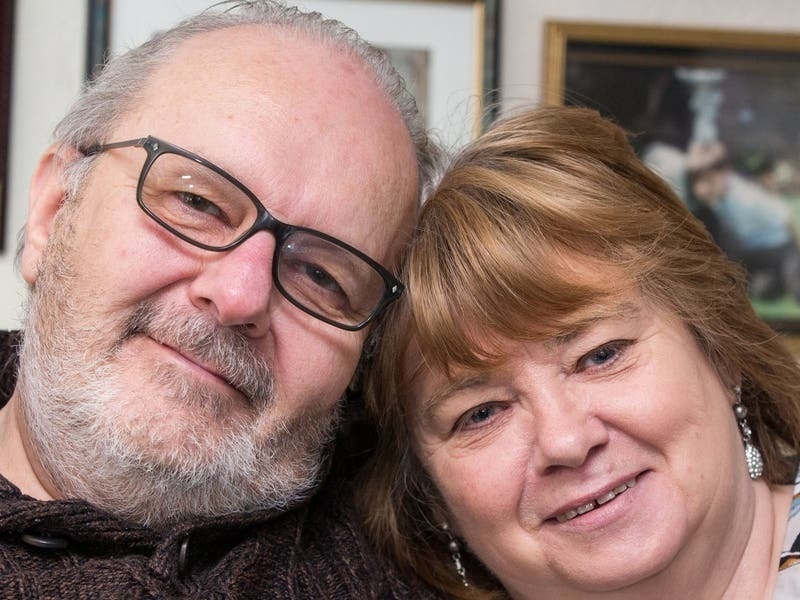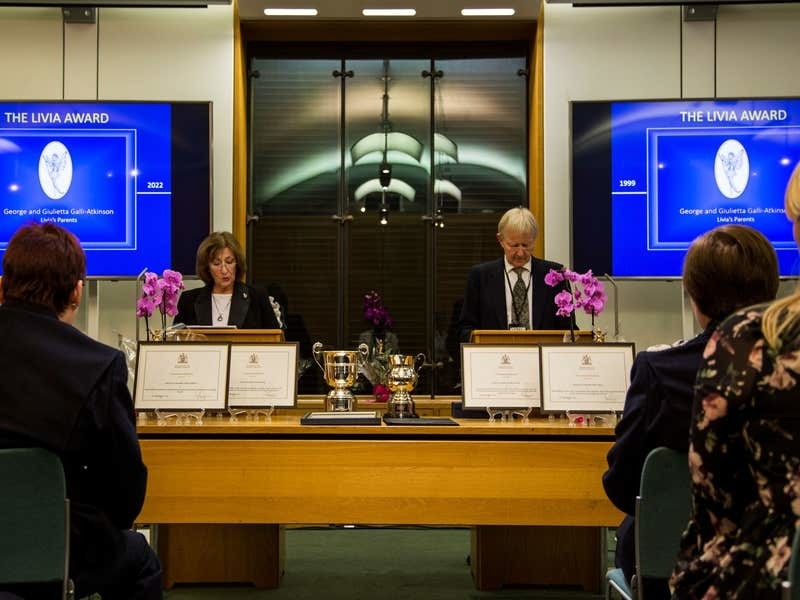AROUND a quarter of the Island’s homes are under-occupied and the number of properties used for lodgers or staff accommodation has reduced in the last ten years, new figures have revealed.
Following the release of the 2021 census, Statistics Jersey has released two bulletins – with one focusing solely on housing and the other on the health characteristics of Islanders.
The first set of data released last month showed that Jersey’s population had grown to 103,267 by 21 March last year. It also revealed that the number of vacant properties grew significantly in the decade to census day last year, with 8.3% of the Island’s housing stock empty.
Although the number of private dwellings in Jersey increased by 3,912 (9%) to 48,610, the occupancy ratio has been falling consistently from 2.79 people per dwelling in 1971 to 2.27.
The latest figures on housing also highlight that 1,741 of the 4,027 vacant private dwellings were in St Helier. However, St Peter and St Brelade had the highest vacancy rate of 10% each.
Meanwhile, 11,782 homes were ‘under-occupying’ their accommodation, meaning that they had two bedrooms more than needed. This is compared with the bedroom standard, which defines the number of bedrooms that would be required by a household based on factors such as the number and age of children in their home.
This figure remains relatively unchanged, as the percentage of under-occupied homes in 2011 was 25.9% and in 2021 it was 26.4%. However, this will be of concern at a time when the government is grappling with an escalating housing crisis and many Islanders cannot find or afford accommodation.
When looking at property types in 2021 and 2011, there was a 14% increase in the number of semi-detached houses, rising from 7,990 in 2011 to 9,097 in 2021. There was also a 19% increase in the number of flats located in a purpose-built block, rising from 11,759 in 2011 to 14,009 in 2021.
The household tenure statistics show that there has been a 14% decrease in staff, service or tied accommodation, going from 1,274 in 2011 to 1,095 in 2021. There was also a 20% reduction in the number of lodgers paying rent in private households, dropping from 1,070 in 2011 to 857 in 2021.
This could go some way to explaining the accommodation problems currently faced by a number of the Island’s industries, who are struggling to house visiting seasonal workers.
Last week, Lee Madden from GR8 recruitment agency, estimated that almost 600 beds, previously used as lodging house and staff accommodation, had been taken over by property developers in the past three years.
His comments came after a proposition lodged by St Peter Deputy Rowland Huelin – to make appropriate sites available for temporary staff accommodation to house visiting workers – was defeated at a States sitting held last month.
Figures released by the Jersey Hospitality Association earlier this year revealed that businesses were searching for more than 400 beds to house seasonal staff who were due to arrive for the pending summer.
The second bulletin released by Statistics Jersey featured a number of new questions, never previously asked as part of the census, on the health characteristics of Islanders.
Almost half of the population assessed their general health as very good, while only 1% rated themselves as very poor – 10% of those who scored themselves as being of poor or very poor health were aged 65 and over. Around one in five Jersey residents reported that they had a long-standing physical or mental-health condition – 67% of those were over 55, while 20% were under 25.






